Science and STEM Educators Win 2017 Vernier NSTA Technology Awards
Seven elementary through college-level educators have won the 2017 Vernier/NSTA Technology Awards, valued at $5,500 each and sponsored by Vernier Software & Technology and the National Science Teachers Association (NSTA).
The seven educators — one elementary school teacher, two middle school teachers, three high school teacher and one college educator — were selected by a panel of NSTA-appointed experts for their innovative use of data-collection technology in the science classroom. The award is given annually.
Each winner will be formally recognized March 31 at the NSTA National Conference in Los Angeles and will receive $1,000 in cash, $3,000 in Vernier products and up to $1,500 toward expenses to attend the conference.
“Each of this year’s winners exemplify how data-collection technology can transform the teaching and learning process in science and STEM classrooms,” said John Wheeler, CEO of Vernier Software & Technology, in a statement. “From hands-on investigations about renewable energy to the study of electric and magnetic field lines, the winning projects incorporate data-collection technology in innovative ways to engage students in meaningful, hands-on scientific discovery.”
This year’s Vernier/NSTA Technology Award winners are:
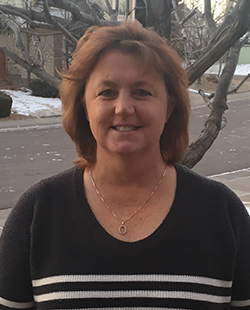
- Kathryn Eyolfson, Coyote Hills Elementary, Aurora,
CO
Category: Elementary School
STEM teacher Eyolfson teaches her students about renewable and nonrenewable energy resources through inquiry and project-based learning. During one unit, fifth grade students utilized Vernier technology as they applied science and engineering practices to construct wind turbines with the KidWind Advanced Wind Turbine Kit.
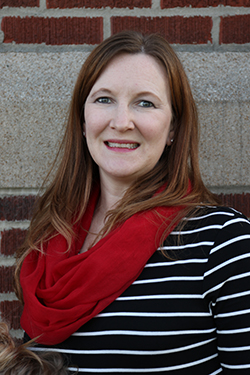
- Carrie Herndon, Metro East Montessori School, Granite City, IL
Category: Middle School
Each week, Herndon’s students engaged in various hands-on data-collection investigations at a nearby 260-acre farm. In one investigation, students carefully observed a beehive on the farm, took pictures, and used a Vernier Motion Detector and Temperature Probe to collect and analyze data after they noticed the bees were behaving in an unusual manner.
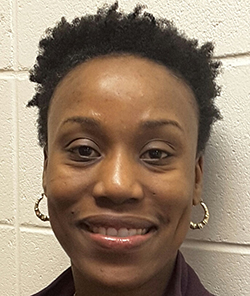
- Terra McMillan, Thomson Middle School, Centerville, GA
Category: Middle School
Using her school’s solar array and the associated monitoring database, along with Vernier probeware, McMillan plans to implement even more inquiry-based, data-collection labs across all three of her school’s grade levels. For example, in seventh grade Life Science, students will use CO2 probes to analyze how plants act like solar panels during photosynthesis.
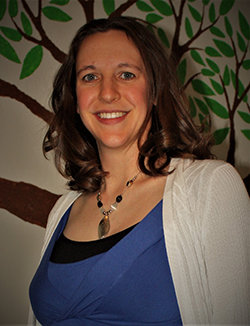
- Amy Melby, Yuma High School, Yuma, CO
Category: High School
Physics students in Melby’s class will participate in a study of the greater prairie chicken to better understand whether the addition of wind turbines in nearby sand hills pose an impact on the species. Students will record and analyze the various vocalizations produced by the birds, as well as the sounds generated by the turbines, using Vernier interfaces and sensors.
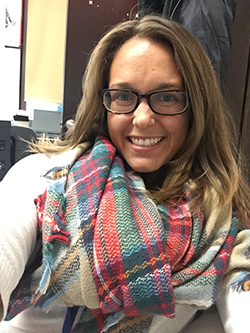
- Hannah Erickson, Boston Day and Evening Academy, Roxbury, MA
Category: High School
Erickson’s school is located in a neighborhood of Boston with an asthma rate six times higher than the state average. Using Vernier interfaces and sensors, Erickson plans to have her students gather data about atmospheric CO2 levels, both in the school’s neighborhood and in a variety of other neighborhoods throughout the city to study the potential cause of this problem.
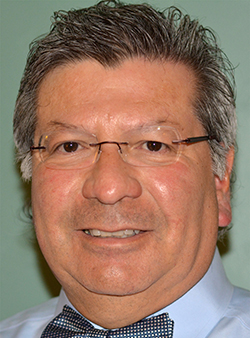
- René Corrales, STAR Academic Center, Tucson, AZ
Category: High School
In Corrales’ physics class, students used Vernier Voltage Probes and an LED as part of a hands-on investigation to study electric and magnetic field lines to see how those fields interact.

- Donald Carpenetti, Craven Community College, New Bern, NC
Category: College
In Carpenetti’s Organic Chemistry II class, students were put in small groups to take part in original research projects involving data collection, such as developing a guided inquiry-based gas laws experiment incorporating pressure-sensing technology and evaluating a solid mixture.
To learn more about the Vernier/NSTA Technology Awards and to find details for the 2018 application, visit the Vernier/NSTA awards site.
About the Author
Richard Chang is associate editor of THE Journal. He can be reached at [email protected].